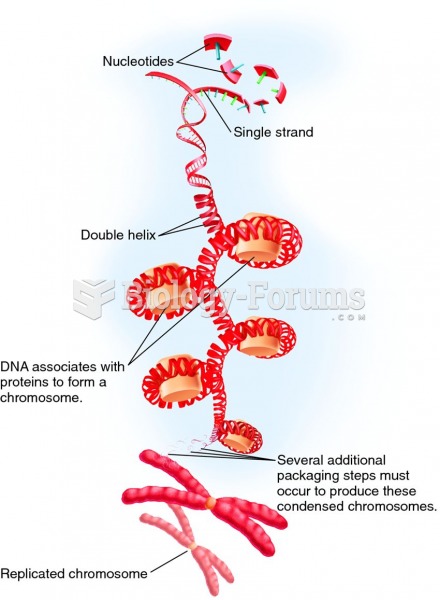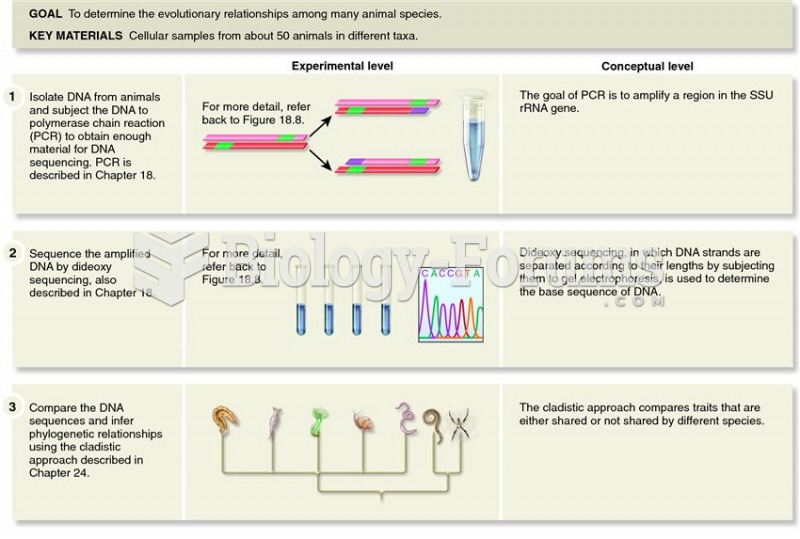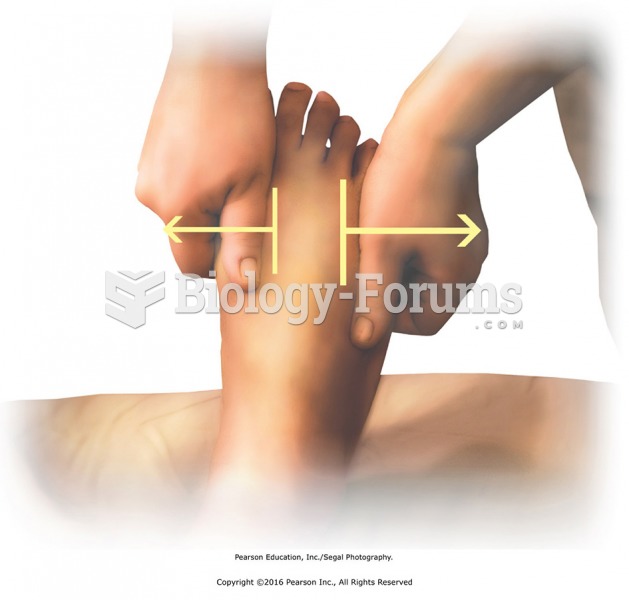|
|
|
Limit intake of red meat and dairy products made with whole milk. Choose skim milk, low-fat or fat-free dairy products. Limit fried food. Use healthy oils when cooking.
Between 1999 and 2012, American adults with high total cholesterol decreased from 18.3% to 12.9%
As many as 28% of hospitalized patients requiring mechanical ventilators to help them breathe (for more than 48 hours) will develop ventilator-associated pneumonia. Current therapy involves intravenous antibiotics, but new antibiotics that can be inhaled (and more directly treat the infection) are being developed.
Blood is approximately twice as thick as water because of the cells and other components found in it.
The B-complex vitamins and vitamin C are not stored in the body and must be replaced each day.
 The Power and Control Wheels of Abusive Relationships When one person in a relationship repeatedly ...
The Power and Control Wheels of Abusive Relationships When one person in a relationship repeatedly ...
 The primary ignition system is used to trigger and therefore create the secondary (high-voltage) ...
The primary ignition system is used to trigger and therefore create the secondary (high-voltage) ...





